These snake plant care tips will ensure your sansevieria outlives you or maybe stands out as your lifelong green companion!
Can your snake plant live forever? Well, it might just do a Wolverine and defy the odds if you mix up the right magical potion of care! Here are some tips to go about it!
Learn the Ultimate Signs of a Dying Snake Plant here!
Do These Things if You Want Your Snake Plant to Live Forever
1. Do Not Use an Overly Large Pot

Keep it snug in a small pot because, unlike humans, snake plants don’t dream of a mansion. They love being a bit root-bound, which diverts the plant energy to grow taller and even send out more pups. However, an overly compact state would stunt its growth, so pick a pot that’s just one size bigger than the plant’s root ball.
Plus, this smart move helps avoid overwatering—too much space equals too much water, and you definitely don’t want your plant going on a water binge.
2. Consider the Soil Moisture Before Watering

Before pouring in all the love (read water) into your plants, do a quick moisture check in the medium. Why? Because your snake plant’s thirst often varies with the environment.
If you follow the same watering schedule throughout the year, you will end up overwatering it in the winter and on rainy days. Overwatering leads to soggy roots, and let’s be clear—no plant enjoys soggy feet.
So, it’s good to check the medium with your fingers first and water only when it feels dry to the touch, which might even extend to a month sometimes. And whenever you do, follow a deep watering session until it drains out from the bottom!
If all these are too much for you, try growing it in water!
3. Find the Perfect Light Spot
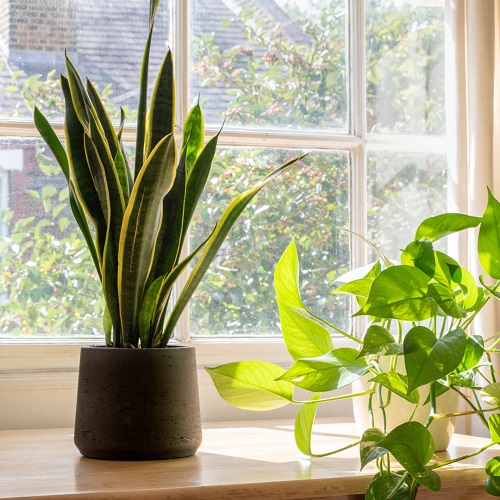
While these sturdy guys do pretty well in shady spots, the complete shade would keep them from flaunting their true glory. However, do remember that they are not sunbathers either, and excess sunlight will burn the foliage tips or fade its variegation.
To strike the right balance, place it in bright indirect sunlight, maybe by a north or east-facing window, where it can bask in a few hours of mild morning sunlight without getting scorched in the afternoon heat. Also, rotate it at regular intervals to ensure even sunlight distribution.
This keeps them happy and photosynthesizing like champs. It’s like finding the sweet spot on your couch – not too close to the TV, not too far.
4. Fertilize Only During the Warmer Months
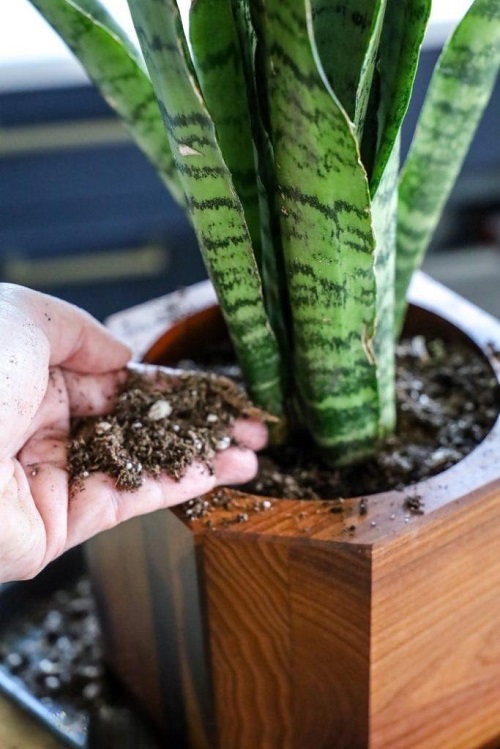
Fertilizing the plants definitely boosts their growth, but only in the summer and spring months because that’s when your snake plant is in growth mode. Winter is their time to rest, so let’s not disturb their slumber with unnecessary snacks, which would anyway lead to salt buildup in the medium.
Also, remember to use a balanced liquid fertilizer that’s diluted to one-fourth its strength, and that too in an interval of 4-6 weeks.
5. Propagate the Pups to Multiply Your Collection
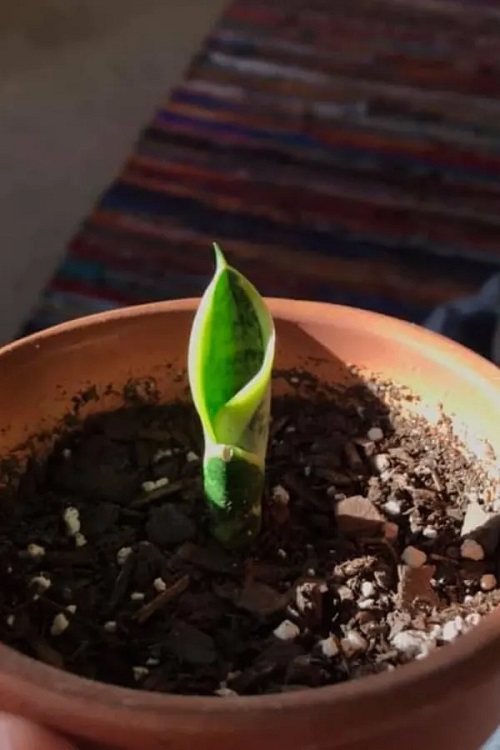
If you want your snake plants to outshine the race against time truly, propagate those pups that arise from the sides. Simply detangle to roots and plant them in another container like!
This way, you are basically giving it a new lease on life, ensuring its legacy lives on. Plus, who doesn’t love more plants with less effort? You must try your hands at dividing a snake plant, too!
6. Prune When Necessary
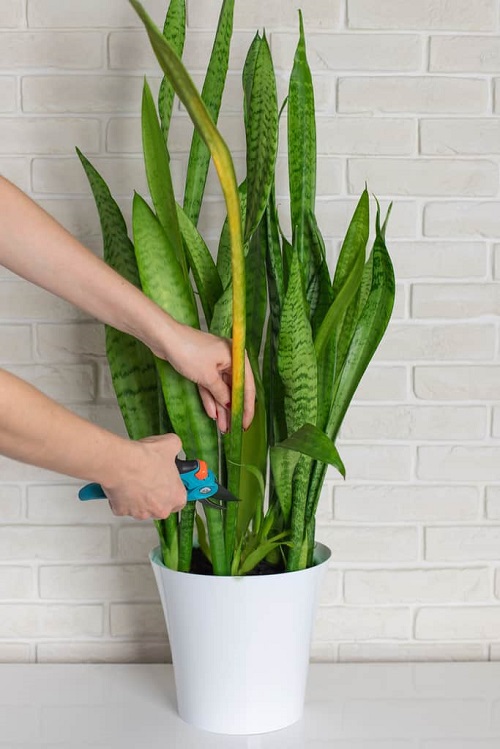
Pruning isn’t just for aesthetics; it’s like a health check-up for your plant, encouraging it to live longer and healthier. Remove those dead or dying leaves to focus their energy on the healthy parts and set the way for a longer life.
7. Monitor the Leaves
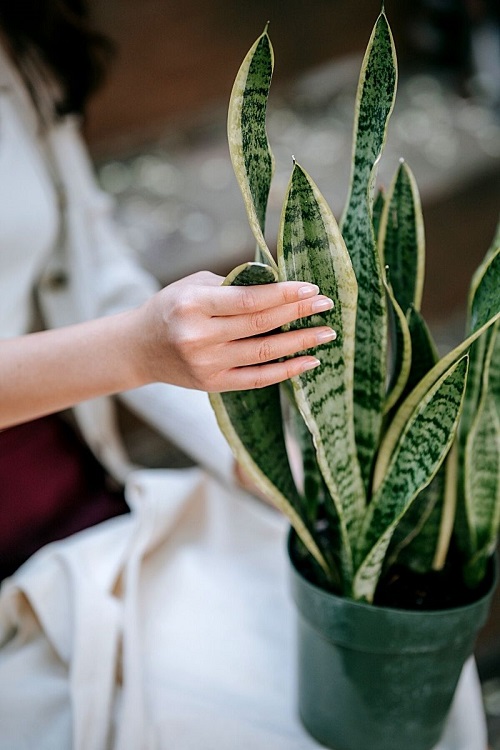
Going beyond meeting your plant’s basic needs, take some time to become an amateur plant detective, focusing on the leaves.
The leaves should not be too floppy, indicating underwatering or a lack of essential nutrients. Nor should they be mushy, a telltale sign of overwatering or poor drainage. And they should definitely not be overly dry, which could signal a cry for more humidity or a respite from too much direct sunlight.
Should you spot any of these symptoms, act swiftly to nurse your plant back to health. Additionally, use a clean cotton cloth to wipe down the leaves and remove any dust accumulation.






